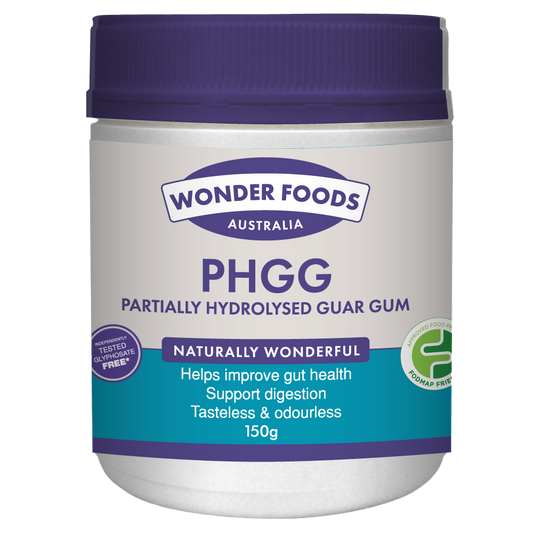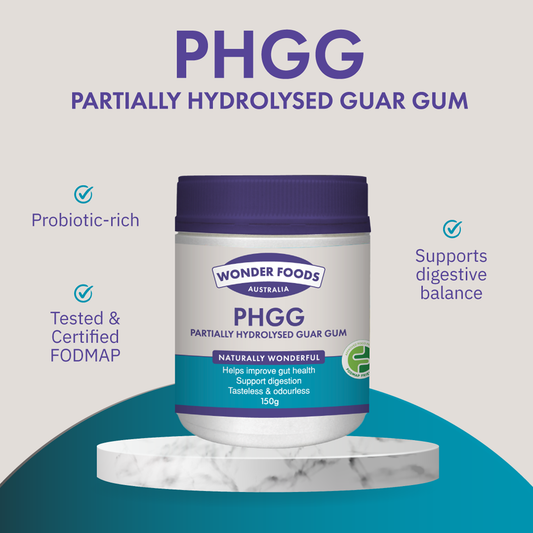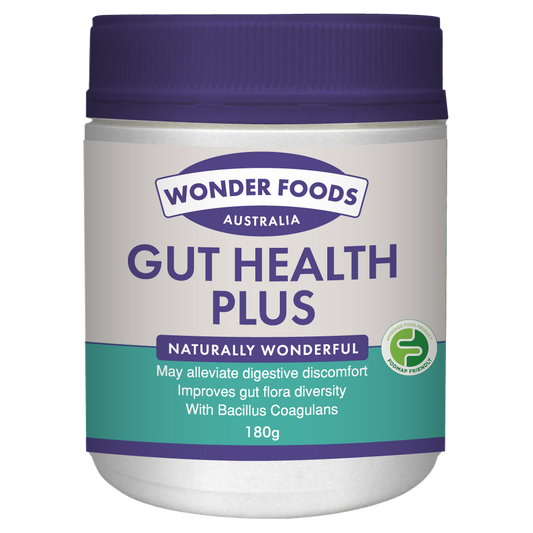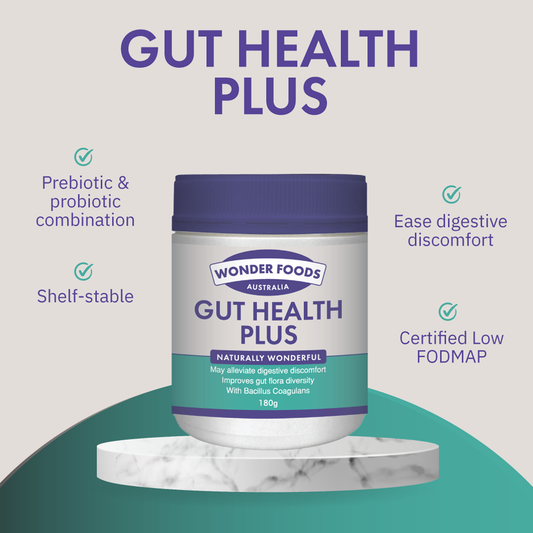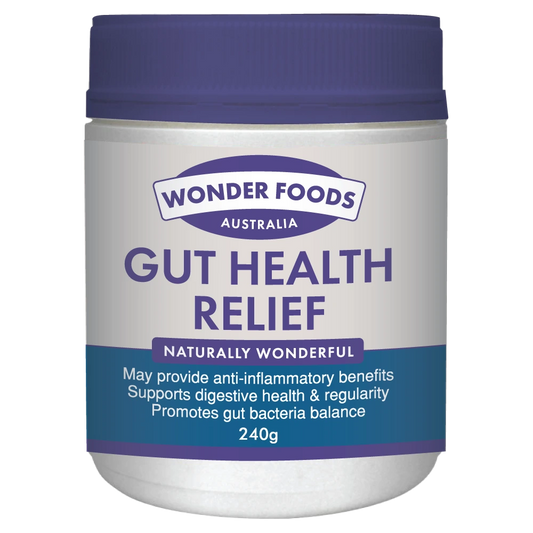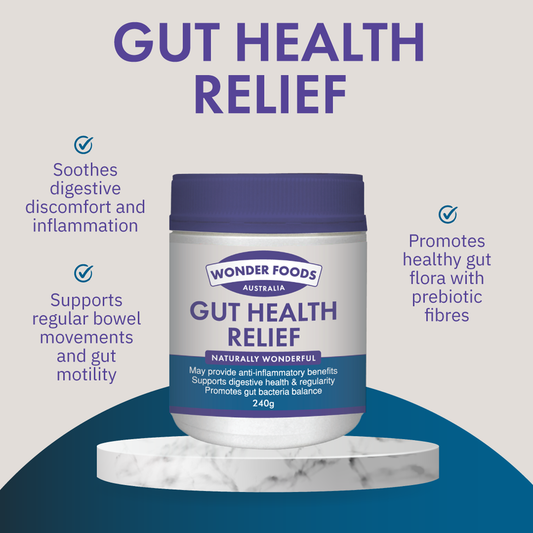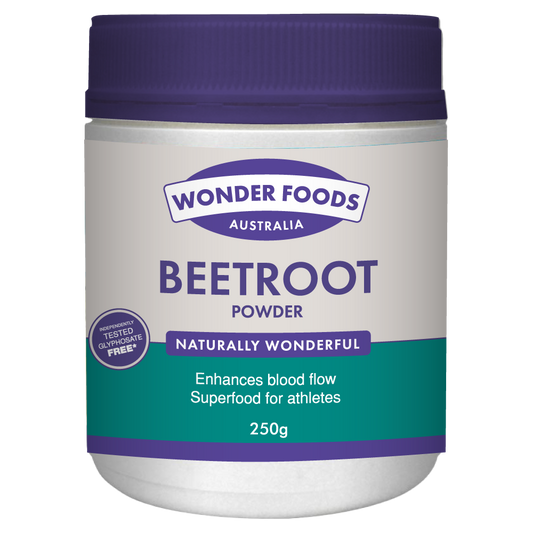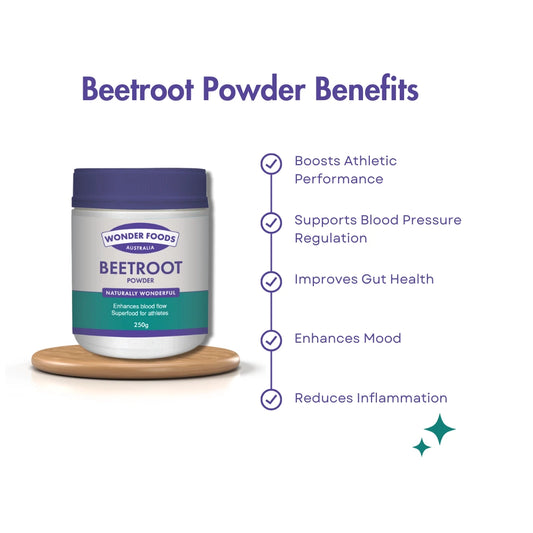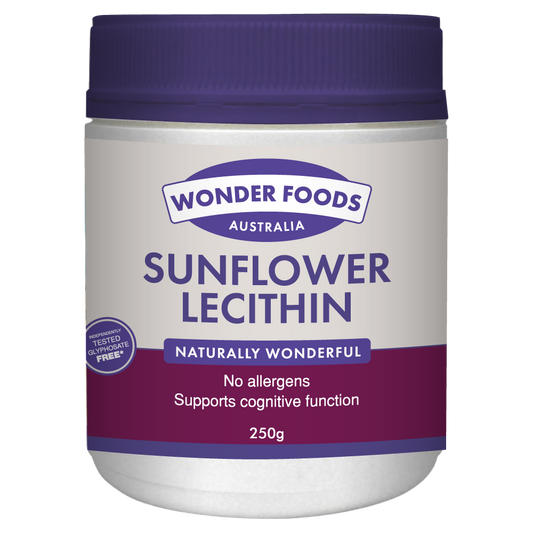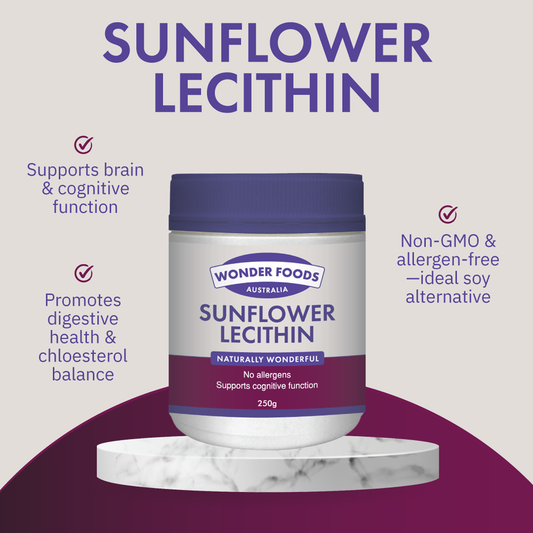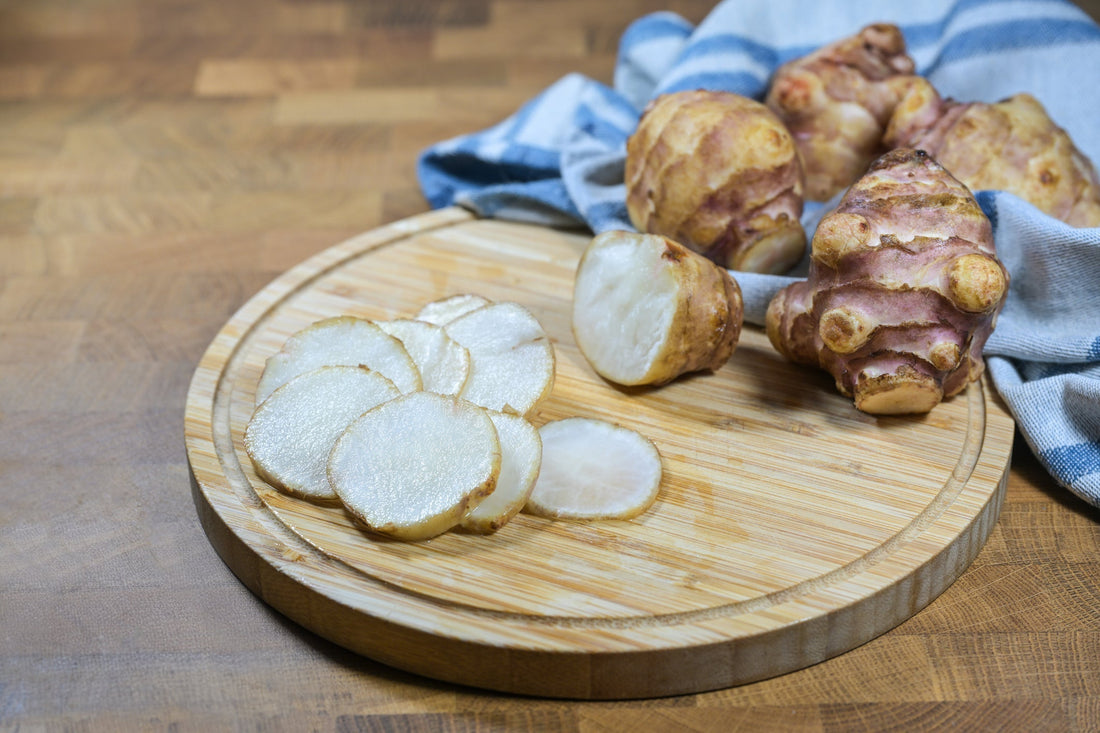
The Best Time to Take Inulin for Sleep
TL;DR: Inulin may improve sleep when taken in the evening. Start with small doses daily, mixed into drinks or food, and take it consistently for best results.
Inulin is gaining popularity as a natural fibre supplement that supports digestion, appetite control, and even better sleep. But when is the best time to take it—and how should you use it?
How Does Inulin Help You Sleep?
Wonder Foods Inulin nourishes beneficial gut bacteria, which can improve the production of neurotransmitters like serotonin and melatonin—both key for sleep regulation.
A balanced gut can mean calmer nights.
How to Take Inulin for Sleep
Start small to avoid digestive discomfort.
Add ½ teaspoon of inulin powder to water, smoothies, or yoghurt before meals, then gradually increase to 1–2 teaspoons daily.
Consistency matters more than timing.
When to Take Inulin for Sleep
If sleep is your goal, take inulin in the evening, around dinner.
Supporting gut health later in the day may encourage natural sleep-promoting pathways as your body winds down.
How to Take Inulin Powder
Simply stir the powder into water, juice, smoothies, yoghurt, or even your morning coffee.
It dissolves easily and has a mild flavour that blends well.
Does Inulin Help You Sleep?
Research suggests that inulin can promote better sleep quality by supporting a healthy gut microbiome.
While it’s not a sedative, its gut-calming effects may lead to more restful nights over time.
What Does Inulin Powder Do?
Inulin acts as a prebiotic fibre, feeding your gut’s healthy bacteria. Benefits may include:
- Improved digestion
- Better appetite control
- Blood sugar support
- Potential improvements in mood and sleep quality
Bottom line: Inulin is a versatile supplement that can support weight management and sleep when taken consistently. Whether morning or evening, the key is regular use in a way that suits your body.
Wonder Foods offers this post for education purposes only.
Please consult your Health Practitioner for personalised and specific information.



